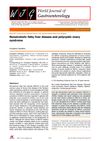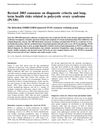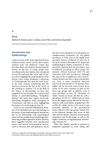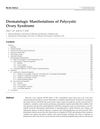Risk of Polycystic Ovary Syndrome in Women Exposed to Fine Air Pollutants and Acidic Gases: A Nationwide Cohort Analysis
November 2019
in “
International Journal of Environmental Research and Public Health
”
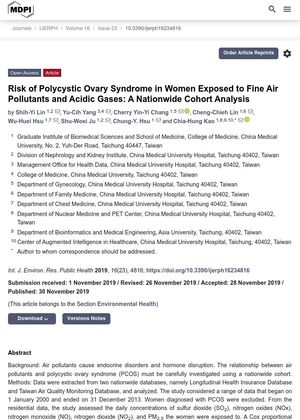
TLDR Breathing in high levels of certain air pollutants significantly increases women's risk of developing Polycystic Ovary Syndrome.
In a nationwide cohort study conducted in Taiwan from 2000 to 2013 involving 91,803 women, researchers found a significant correlation between exposure to certain air pollutants and the risk of developing Polycystic Ovary Syndrome (PCOS). The study found that women exposed to high concentrations of sulfur dioxide (SO2), nitrogen oxides (NOx), nitrogen monoxide (NO), nitrogen dioxide (NO2), and PM2.5 had a higher risk of developing PCOS. The risk increased by 10.31 times for SO2, 3.37 times for NOx, 4.18 times for NO, 7.46 times for NO2, and 3.56 times for PM2.5 when comparing the highest quartile of exposure to the lowest. The study suggested that these pollutants could lead to oxidative stress, mitochondrial damage, DNA damage, and lipid peroxidation, which could predispose women to PCOS. However, the study had several limitations, including lack of information about participants' actual occupations, personal dietary habits, daily exercise regimens, family history of PCOS, body mass index, insulin level, levels of inflammation markers, and whether patients had taken over-the-counter medications.

